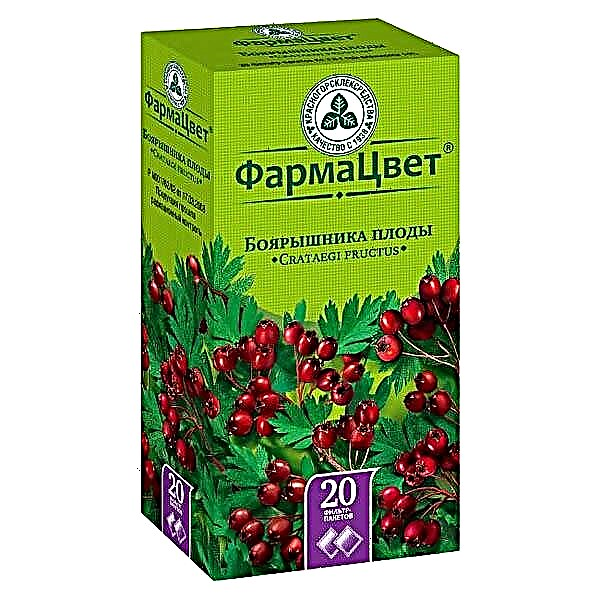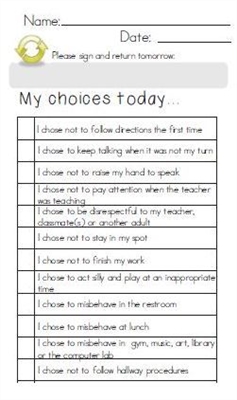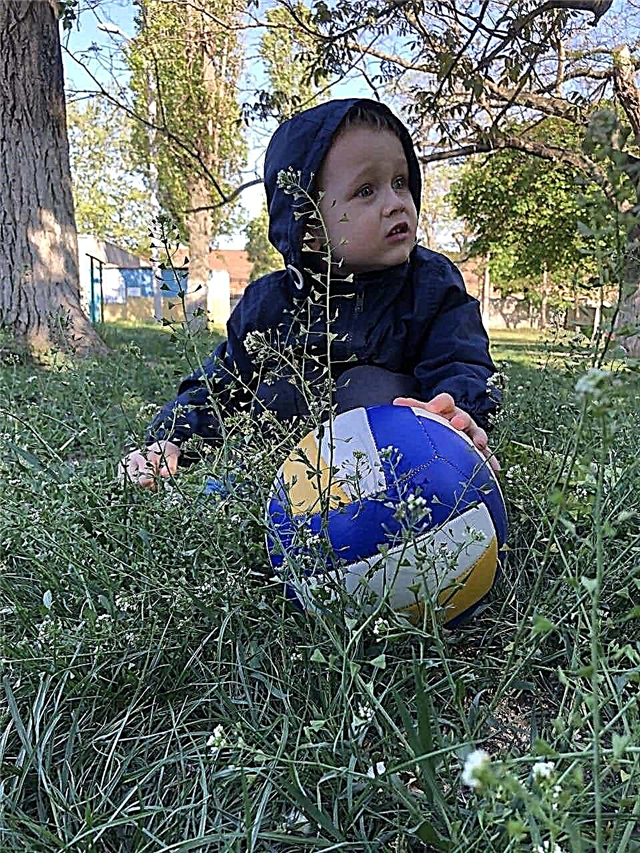Many adults notice foreign bodies in the nostrils of babies, or children report the manipulations on their own. Before taking a bead out of a child's nose or calling an ambulance, parents should be aware of the possible consequences (difficulty breathing and gastrointestinal problems) and terrible complications caused by foreign bodies. According to statistics, the emergency room specialist on duty accepts 3 calls a day regarding foreign objects getting into a child's nose. The problem requires qualified intervention throughout the day. Otherwise, there is a high probability of developing chronic diseases, stones in the ENT organs.

Foreign object in a child's nostril
How to tell if a child has a bead in his nose
The baby's first reaction to foreign bodies in the nose is quite noticeable:
- the baby begins to speak in a nasal voice;
- constantly scratches the nose;
- begins to breathe with open mouth or sniffs when breathing through the nose;
- there is frequent sneezing;
- watery mucus from the nasal passage;
- bleeding and blood streaks;
- decreased appetite;
- headache and dizziness;
- nausea and vomiting.
Important! Parents are forced to see the last signs with insufficient oxygen supply and a violation of the blood supply.
During the day, the symptoms gradually subside, the nerve endings of the nasal mucosa get used to constant irritants. A few days later, a liquid, initially light and transparent, will flow from the nostril, clogged with a bead, as the inflammatory processes develop - with pus and blood.
Classification of foreign bodies in the nose of a child
Objects that the baby managed to insert into the nasal canal are called foreign. The following groups of foreign bodies are distinguished, which often end up in the child's nostril:
- Inorganic products - buttons, beads, toy parts, paper, film. Usually, children like to push objects into the nostril on their own, less often there is a possibility of bodies entering during a medical or hygienic procedure (cotton wool from an ear stick).
- Organic items - sunflower seed, pea, grass, foliage, food pieces.
- Living organisms - mosquito, midge, beetle, helminth. They fall on their own during a walk, at home.
- Metal items - coins, bolts, parts of constructors, carnations. It is customary to insert them in a way similar to inorganic objects.
Important! Most often, children aged 3-7 years get to otolaryngologists with complaints of a foreign body in the nose.

Blockage of the nose with a foreign body
The kid during the game or, thinking, can stick a small product in his nose. If the crumb chokes on food, a piece of food ends up in the nasal cavity. The reason for the penetration of large fractions of food (seed, crumb) is vomiting. With the urge, part of the vomit flows into the nasal canal, some pieces get stuck.
What can be done at home
To provide emergency care to a baby, you must do the following:
- Determine the place of penetration of the bead, cotton wool, crumb or piece of paper.
- Instill the nasal canal with baby drops (Sanorin or Rinonorm).
- Press down the free nostril with your finger, blow sharply into the baby's mouth.
- Offer your child to blow their nose or make them sneeze. The reflex will cause inhalation of ground pepper or a tickling of the nose with a feather.
- Clean the nostrils with clean water from a rubber bulb (no plastic tip).
If the child stuck a bead into his nose too deeply, the emergency doctor will tell you what to do.
When to go to the doctor urgently
If the child has stopped breathing through his nose, or his hearing has deteriorated sharply, there is bloody, purulent discharge and an unpleasant odor, you need to go to the clinic quickly or call a doctor at home.
Foreign objects for several years can be in the nasal passage without characteristic symptoms. Then, on a medical examination, it turns out that the child has put plasticine in his nose, the doctor suggests doing ultrasound diagnostics, tomography of the sinuses, X-ray or bacterial culture. The diagnostic results will determine the need for further treatment.
Methods for extracting foreign bodies in a medical facility
It is not difficult to remove foreign objects in the early stages if the bead is small and smooth. By simply blowing out or blowing through a healthy nostril, the product is pushed out. If the procedure is unsuccessful, before removing the bead from the child's nose, the doctor will anesthetize the mucous membrane, instrumental extraction of the object with the V.I.Voyachek ear probe bent at an angle.

The doctor examines the baby's nose
Larger bodies have to be removed from the nasal passage through surgery. With rhinolitis, surgery is sometimes avoided. The doctor will suggest crushing the stone with nasal forceps and removing the object piece by piece. After removal of foreign bodies, the symptoms subside, the patient recovers.
Memo to parents what not to do
It is forbidden to remove foreign objects from the nose with a cotton swab, insert tweezers or a finger. It is better not to try to rinse the nasal passages with water - the likelihood of pushing the foreign body deeper will increase. It is forbidden to press on the wing of the nose - the child will experience pain. Before carrying out medical procedures, it is forbidden to feed, water the babies, stick cotton wool.
Possible complications
Foreign bodies during prolonged stay in the nose injure the mucous membrane, contributing to the growth of granulation. Due to the deposition of calcium salts around a foreign body, a nasal stone is formed - rhinolith. Swelling of the nasal mucosa overlaps the mouth of the maxillary sinus and impedes the outflow from the ethmoidal sinuses, hemosinusitis or unilateral sinusitis, ethmoiditis develops.
Swelling of the nasolacrimal canal threatens with inflammation of the conjunctiva of the eye. With severe inflammation, the auditory tube will stop normal functioning, provoking unilateral salpingootitis or exudative otitis media.
Note. Doctor Komarovsky warns: unilateral purulent inflammation of the nose in preschoolers signal the presence of a foreign body in the nose, which must be removed urgently.
Preventive actions
Compliance with food rules and careful monitoring of the actions of young children will help prevent foreign objects from entering the nose. Objects in the baby's field of vision pose a potential threat to the body. Small toys, stones, sticks, bones, seeds and pills - the list is as wide as children's imagination suffices.

The right toys
For the purpose of prevention, it is forbidden to leave the baby at home unattended. The toys should be purchased according to the recommended age group. It is not necessary to pull out small household items, food products, office supplies, cutlery from the closet unnecessarily. Do not be distracted from communication with the baby during the walk.
The likelihood of a foreign object getting into a child's nose is not excluded even in families that carefully monitor whether a crumb is not thrusting a little into the ENT organs. As soon as adults turn away for a minute, the child will discreetly hide the bead in his nose or choke on a lump of food. At the slightest suspicion of a problem, it is worth seeking help from an otorhinolaryngologist.



